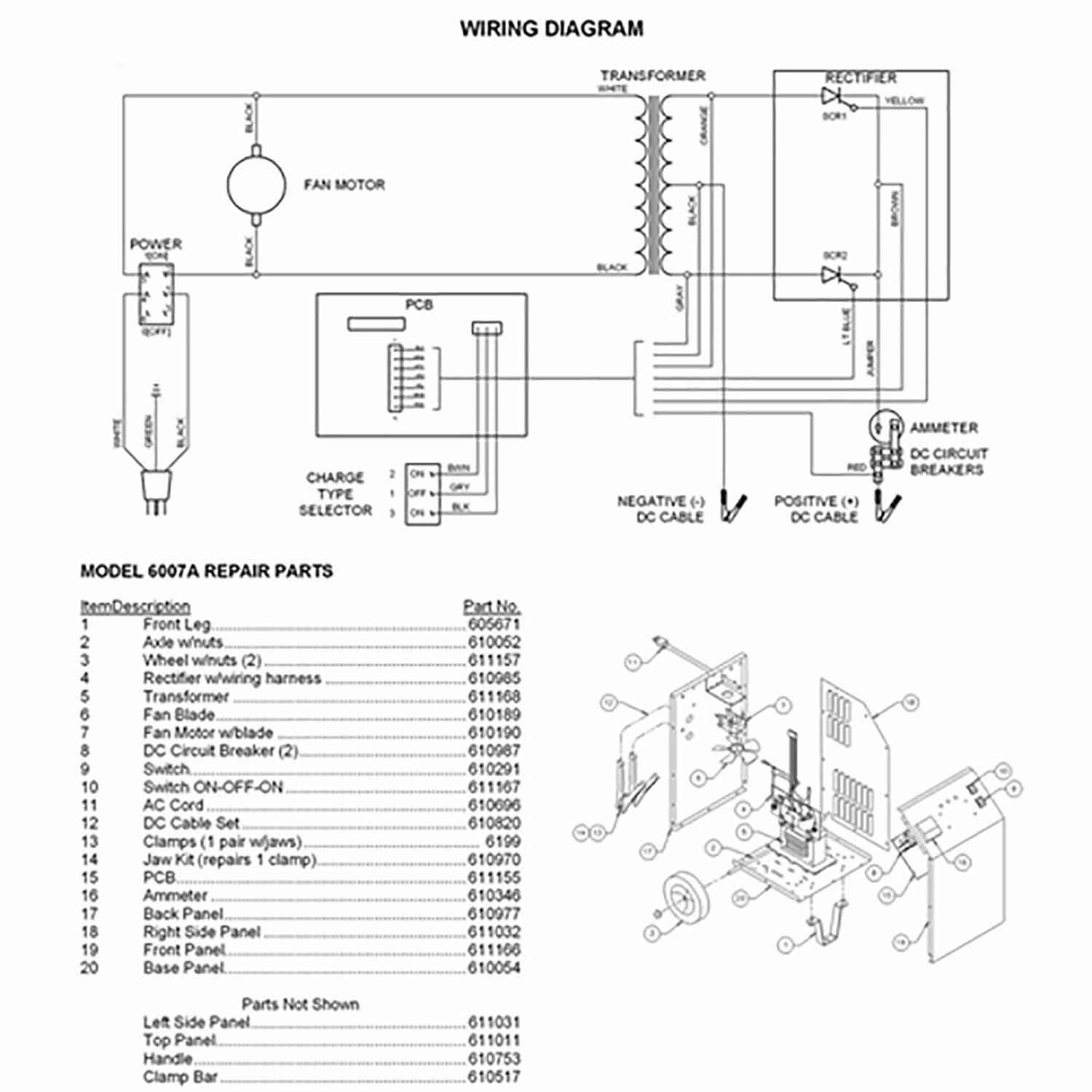67cj5
Man On a Mission
Yeah when you first switch in on the Amps rocket up on the meter and then it creaps down fast for a few seconds and then as the Amps go down the volts go up to around 12.7 volts on the lowest setting once it gets gown to about 1 Amp where it disulphide the battery, On the highest setting it will go over 15 volts where you have to cut it back before damage occurs , even on the low 9 Amp setting it is still faster than my 26 Amp Noco Smart charger when charging one of my 115Ah DC batteries.. Regardless of the Amp setting As the Amp meter drops the volts go up, and the higher the Amp setting the higher the Volts go.Voltage "potential".
Those big chargers are pretty simple. When you switch the "amps" what you are actually doing is switching the voltage from a multi-tap transformer, and a current limit controlled by the circuit board.

Last edited:
